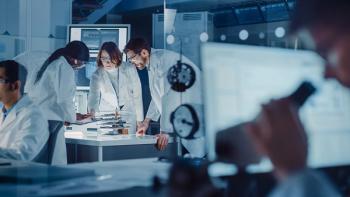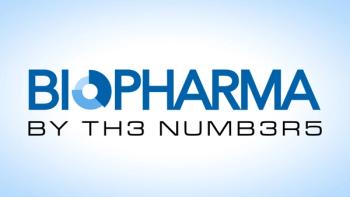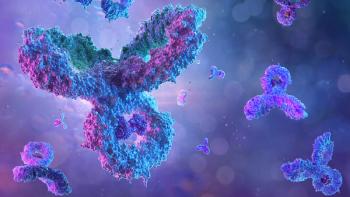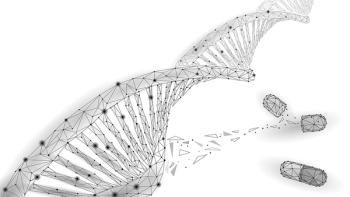
ISPE Publishes Guide for Process Gases
Last week, the International Society for Pharmaceutical Engineering (ISPE) published a guidance document titled ISPE Good Practice Guide: Process Gases. The guide defines current best practices in pharmaceutical manufacturing applications for handling gases that come into direct contact with the biopharmaceutical and pharmaceutical process steams (e.g., nitrogen, oxygen, argon, carbon dioxide, and compressed air).
Last week, the International Society for Pharmaceutical Engineering (
ISPE Good Practice Guide: Process Gases describes cost-effective engineering approaches for establishing a process-gas system for a manufacturing facility in a timely manner. The guide is meant to help users avoid increasing facility installation and operation costs. It also examines issues crucial to product quality for the production of biopharmaceutical and pharmaceutical drug substances and drug products.
The bulk of the guide is dedicated to the process of designing, constructing, commissioning, and qualifying a process-gas system that is regulated by international regulatory authorities, including FDA and EMA. One section provides advice about developing user-requirements documentation, including how to define user requirements, equipment-performance requirements, and maintenance requirements, for a process-gas system. Other sections describe design options for process-gas generation systems, compressed-air systems, distribution systems, and control and monitoring systems. Finally, the guide explains how to assess the risk in process-gas systems, how to establish the systems’ final design, and how to shape maintenance and operation protocols for the systems.
The guide is intended to provide a common language and understanding of gas systems to the pharmaceutical-manufacturing and engineering communities. It addresses the key concepts of product and process understanding, a life-cycle approach within a quality-management system, scalable life-cycle activities, science-based quality risk management, and using supplier involvement. The guide promotes a science- and risk-based approach to process-gas systems, and is intended to follow the principles of ICH Q9 and ASTM-E2500.
ISPE is an international, not-for-profit association of pharmaceutical science and manufacturing professionals who collaborate with global regulatory agencies and industry leaders. The organization develops guides and solutions for good manufacturing practices that are intended to improve the industry’s operations.
ISPE Good Practice Guide: Process Gases
Newsletter
Stay at the forefront of biopharmaceutical innovation—subscribe to BioPharm International for expert insights on drug development, manufacturing, compliance, and more.





